Related articles
Secondary antibodies resources
Alexa Fluor secondary antibodies
Biotinylated secondary antibodies
Enhancing Detection of Low-Abundance Proteins
9 tips for detecting phosphorylation events using a Western Blot
Western Blotting with Tissue Lysates
Immunohistochemistry introduction
Immunohistochemistry and Immunocytochemistry
Immunohistochemistry troubleshooter
Chromogenic and Fluorescent detection
Preparing paraffin-embedded and frozen samples for Immunohistochemistry

The Immunoprecipitation Application
Immunoprecipitation (IP) is a technique in which an antibody is cross-linked onto either magnetic beads, sepharose or agarose. Binding the antibody in this way allows the target protein to be captured from a solution, such as a lysate.
Typically Immunoprecipitation is used for characterizing protein complexes, recognition of post-translational modifications and protein-protein interactions. When used for these purposes, the samples have to be first used with SDS-PAGE gels, then transferred to a suitable membrane, so that western blot analysis can be performed.
Furthermore, the gels used can be either Coomassie or silver stained, so the immunoprecipitated proteins can be easily visualized. After the blot is performed, the target bands can be extracted from the gel and processed for mass-spectroscopy.
With these two techniques combined, modifications and new partners can be examined.
Choosing the right antibody for an IP experiment:
First, choosing an already IP tested antibody for this experiment is always advisable. The reason for this is, that the antibodies used in IP must recognize native proteins, compared to other applications, in which detecting denatured ones is usually the case.
If some epitopes are buried because of specific folding and restricting antibodies from binding, alongside lack of crystal structure, you might encounter some difficulties. Due to these issues, using polyclonal antibodies, because of their ability to recognize an exposed antibody, is favourable.
Furthermore, using epitope tags or fluorescent proteins to mark the target protein, instead of using a variety of antibodies, is a much better approach to this common issue.
